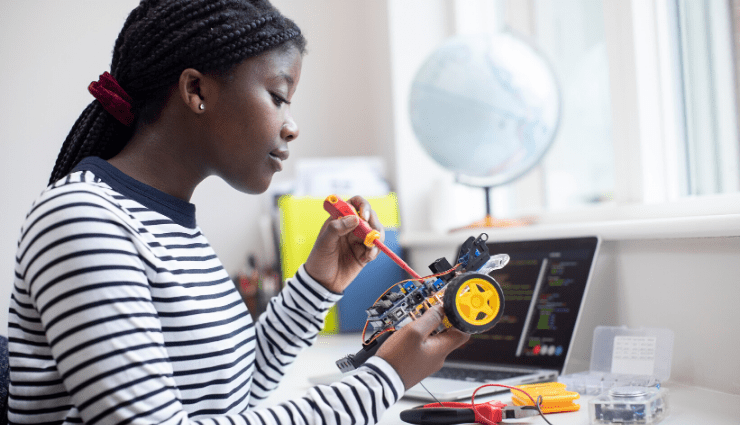Introduction:
Effective lesson planning is a cornerstone of successful teaching. It ensures that educators deliver engaging and purposeful instruction that meets the needs of their students. In this article, we’ll explore key strategies for mastering lesson planning and enhancing teaching effectiveness.
Understanding Learning Objectives:
The first step in effective lesson planning is to clearly define learning objectives. These objectives articulate what students should know or be able to do by the end of the lesson. Understanding learning objectives helps educators focus their teaching activities and assessments to ensure student mastery of essential concepts and skills.
Assessing Student Needs:
To create meaningful and relevant lessons, educators must assess their students’ needs and prior knowledge. Conducting formative assessments, reviewing student work, and gathering feedback can provide valuable insights into students’ strengths, weaknesses, and learning styles. By understanding their students’ needs, educators can tailor their lessons to address individual learning gaps and challenges.
Aligning with Standards:
Effective lesson planning involves aligning instructional activities with academic standards and curriculum guidelines. Educators should familiarize themselves with state or national standards relevant to their subject area and grade level. By aligning their lessons with these standards, educators ensure that their instruction addresses key concepts and skills outlined in the curriculum.
Selecting Appropriate Resources:
Choosing appropriate resources is essential for delivering engaging and effective lessons. Educators should select a variety of instructional materials, including textbooks, multimedia resources, manipulatives, and technology tools, to support diverse learning styles and preferences. By incorporating relevant and engaging resources, educators can enhance student engagement and comprehension.
Sequencing Instructional Activities:
Effective lesson planning involves carefully sequencing instructional activities to maximize student learning. Educators should organize their lessons in a logical and coherent manner, starting with an engaging introduction to capture students’ interest, followed by guided practice and independent practice activities to reinforce learning. Sequencing activities effectively helps students build on prior knowledge and scaffold their understanding of complex concepts.
Differentiating Instruction:
To meet the diverse needs of their students, educators should differentiate instruction within their lesson plans. This involves modifying instructional strategies, content, and assessments to accommodate students with varying abilities, interests, and learning styles. By providing differentiated instruction, educators ensure that all students have opportunities to succeed and reach their full potential.
Incorporating Active Learning Strategies:
Active learning strategies engage students in the learning process and promote deeper understanding and retention of content. Educators should incorporate a variety of active learning strategies, such as group discussions, cooperative learning activities, hands-on experiments, and real-world applications, into their lesson plans. By encouraging active participation, educators create dynamic and interactive learning experiences for their students.
Assessing Student Learning:
Assessing student learning is an integral part of effective lesson planning. Educators should include formative and summative assessments within their lesson plans to monitor student progress and evaluate mastery of learning objectives. Formative assessments, such as quizzes, exit tickets, and class discussions, provide ongoing feedback to inform instruction, while summative assessments, such as tests and projects, measure student achievement at the end of the lesson or unit.
Reflecting and Refining:
Reflection is essential for continuous improvement in lesson planning and teaching effectiveness. Educators should take time to reflect on their lessons after they are delivered, considering what worked well, what could be improved, and what adjustments may be needed for future lessons. By reflecting on their practice and seeking feedback from colleagues and students, educators can refine their lesson planning process and enhance their teaching effectiveness.
Conclusion:
Mastering lesson planning is a dynamic and ongoing process that requires careful consideration of learning objectives, student needs, standards alignment, resource selection, instructional sequencing, differentiation, active learning, assessment, and reflection. By implementing these key strategies, educators can create engaging, meaningful, and effective lessons that promote student learning and achievement. Read more about tips for effective lesson planning





